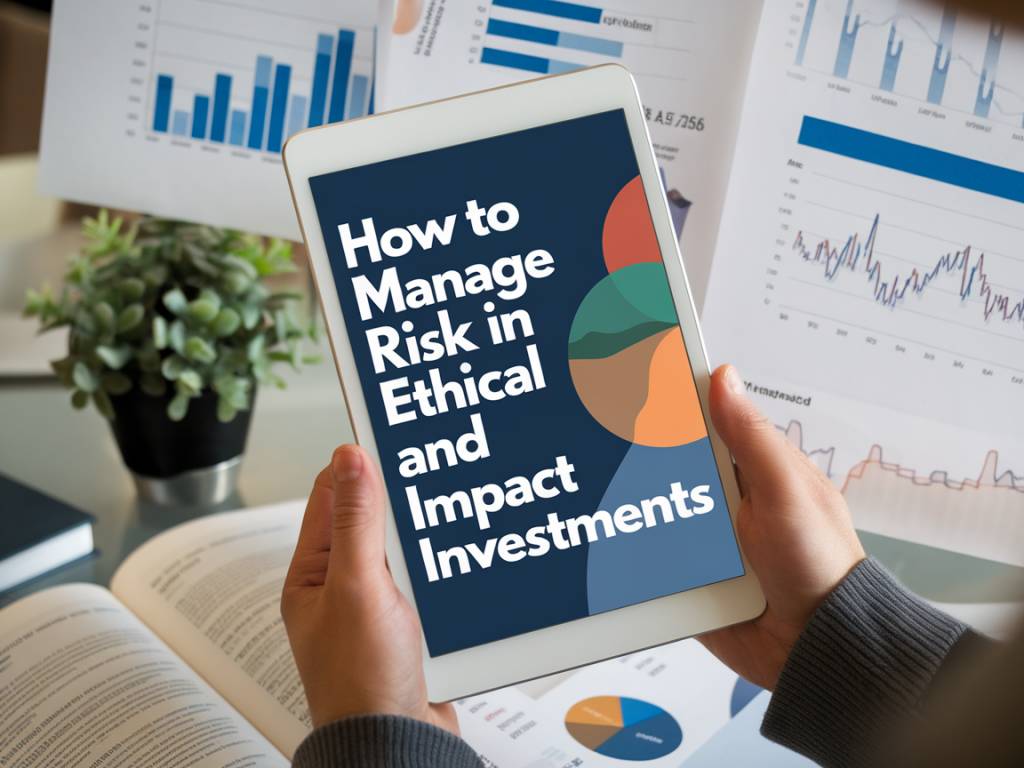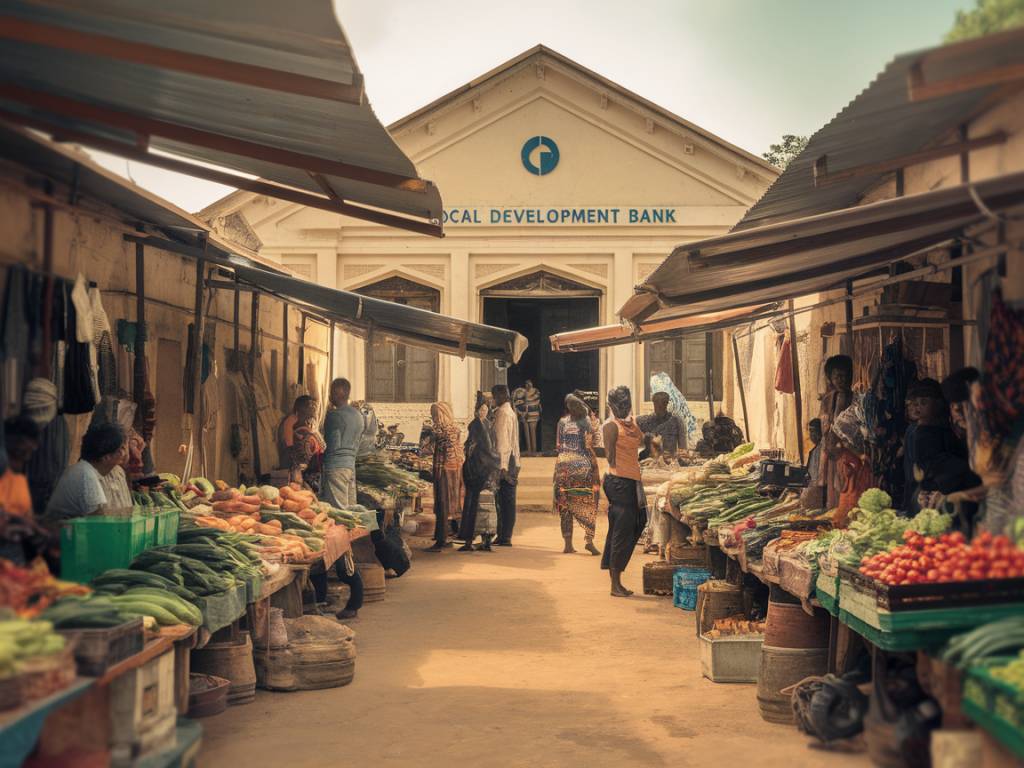How to secure grants for social impact projects
Securing grants for social impact projects can be a challenging but rewarding endeavor. Grants can provide the necessary funding to bring transformative ideas to life and create meaningful change in communities. Here, I’ll share practical advice on how to secure these grants, with examples and case studies to illustrate key points. The goal is to make the process accessible and actionable for anyone looking to fund their social impact initiatives.
Understanding the Importance of Social Impact
Before diving into the specifics of securing grants, it’s crucial to understand what social impact entails. Social impact refers to the significant, positive changes that address pressing social challenges. This could be in areas such as education, healthcare, environment, or social justice. Measuring social impact involves evaluating the outcomes and long-term effects of an initiative, often looking at both quantitative and qualitative data.
Grants for social impact projects are provided by various sources, including government agencies, private foundations, and corporate social responsibility (CSR) programs. Knowing who offers these grants and what they prioritize can significantly boost your chances of success.
Researching Potential Funding Sources
Identifying the right grant opportunities is the first step. Here’s how I usually approach it:
Government Grants
Government grants are often some of the largest and most accessible sources of funding for social impact projects. Websites such as Grants.gov in the U.S. provide a comprehensive database of available grants. These grants often target specific social issues and come with detailed eligibility criteria.
Foundation Grants
Foundations like the Bill and Melinda Gates Foundation or the Ford Foundation offer substantial grants for social impact projects. These foundations typically focus on specific areas like global health, education, or human rights. Researching their past grant recipients can provide insights into what types of projects they support.
Corporate Grants
Many corporations have CSR programs that allocate funds for social impact projects. Companies like Google, Microsoft, and IBM have been known to provide substantial grants. This is also an excellent way to form partnerships that could offer additional support beyond just funding.
Developing a Strong Proposal
A compelling grant proposal is key to securing funding. Here are several pivotal components:
Clear Objectives
Your proposal should clearly outline the objectives of your project. What specific social issue are you addressing? What are the expected outcomes? Use SMART (Specific, Measurable, Achievable, Relevant, Time-bound) goals to articulate your objectives.
Needs Assessment
Include a needs assessment to highlight the importance of your project. This involves presenting data and evidence to demonstrate the severity of the issue you aim to tackle. For instance, if you’re working on improving education in underserved communities, include statistics on literacy rates or school drop-out rates in those areas.
Project Plan
Detail your project plan, including the steps you will take to achieve your objectives. Break down the tasks, timelines, and resources required. Illustrate this with Gantt charts or flowcharts to make it easy for the funders to understand your plan. Provide examples of successful past projects if applicable.
Budget
A well-prepared budget should accompany your proposal. Itemize all the expenses, including personnel, materials, and operational costs. Transparency is key; funders want to see exactly how their money will be spent. Make sure to include contingencies to account for unexpected costs.
Evaluation Plan
How will you measure the success of your project? Outline the metrics and methods you will use to evaluate the outcomes. This could include surveys, interviews, or data analysis. For example, a project aimed at reducing childhood obesity might track BMI changes and physical activity levels over time.
Building Relationships with Funders
Establishing a relationship with potential funders can significantly increase your chances of securing a grant. Here’s how:
Networking
Attend conferences, workshops, and networking events related to your field. Engage with representatives from funding organizations and express your interest in their programs. You can also join online forums and groups where funders and grantees interact.
Communication
Maintain open lines of communication with potential funders. Ask for feedback on your proposal drafts and be open to suggestions. Regular updates on your project progress can foster a sense of partnership and trust.
Partnerships
Forming strategic partnerships with other organizations can strengthen your proposal. Collaborating with entities that have a track record of successful projects can provide additional credibility and resources. Highlight these partnerships in your proposal.
Learning from Successful Projects
Analyzing successful grant applications can provide valuable insights. Here are a couple of case studies:
Case Study 1: The Malala Fund
The Malala Fund, focused on girls’ education, secured significant grants by presenting a clear and compelling case for their mission. Their proposals included robust needs assessments, demonstrating the critical need for educational resources in specific regions. They leveraged partnerships with local organizations, providing detailed plans and budgets that instilled confidence in their funders.
Case Study 2: Charity: Water
Charity: Water, a non-profit organization aimed at providing clean drinking water, used data and storytelling effectively in their grant proposals. They showcased the tangible impact of their projects through videos and testimonials. Their transparent financial practices and robust evaluation methods helped them secure consistent funding.
Common Mistakes to Avoid
While seeking grants, avoid these common pitfalls:
Vague Objectives
Ensure that your project objectives are clear and specific. Funders need to know exactly what you aim to achieve and how.
Overly Ambitious Goals
While it’s good to be ambitious, setting unrealistic goals can be detrimental. Make sure your objectives are achievable within the given timeframe and resources.
Ignoring Guidelines
Always adhere to the specific guidelines set by the funding organization. Failure to follow these can lead to immediate disqualification.
Inadequate Data
A strong proposal is backed by data. Ensure you have robust evidence to support your needs assessment and projected outcomes.
Actionable Recommendations
For those ready to dive into the grant application process, here are some actionable steps:
Securing grants for social impact projects requires diligence, clear communication, and strategic planning. By understanding the landscape, developing a strong proposal, building relationships, and learning from successful case studies, anyone can enhance their chances of obtaining the necessary funding to create positive change.



